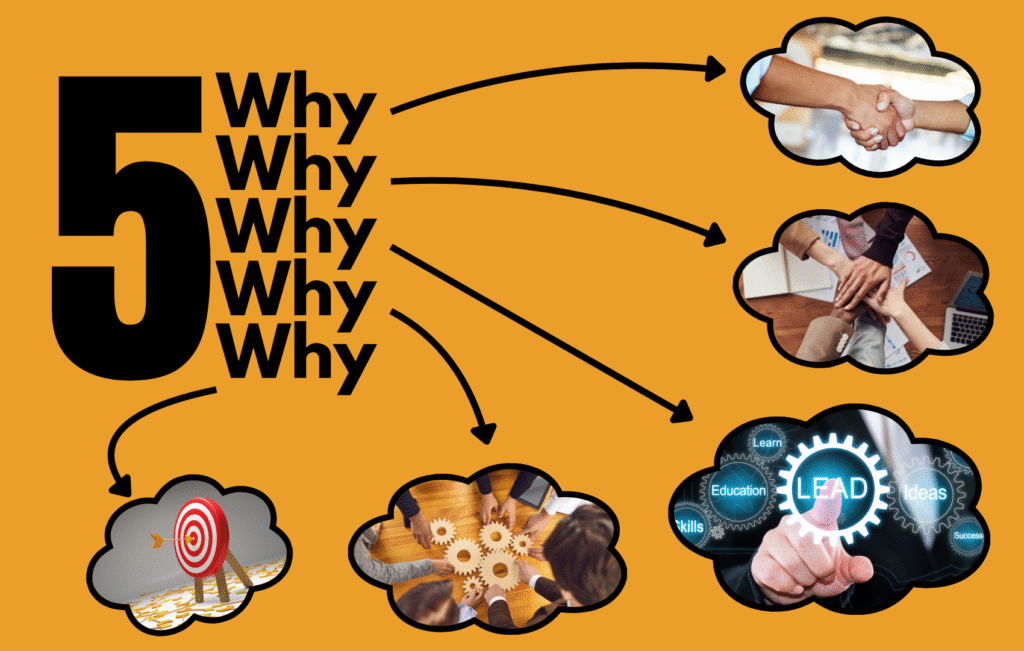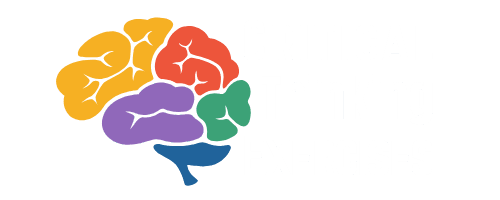The Five Whys
Have you ever fixed a problem only to see it happen again later? Often, this happens because the real cause was never identified. The Five Whys is a straight forward tool that helps dig deeper by asking “Why?” multiple times until the issue’s primary reason is identified. This method was first created at Toyota which has since been used across the industries worldwide. This method is best for Critical Thinking, it helps teams move beyond quick fixes & uncover long term solutions that make processes stronger and also prevent issues from repeating.
Finding the Real Cause of Problems
Problems happen in every project, business or team. A delivery might be late, a system could break & a process may not work as planned. Often, people fix the surface issue without looking deeper. The result is that the same problem comes back. The Five Whys is a simple but powerful tool that helps you move past quick fixes and uncover the true reason behind a problem.
What are the Five Whys?
Asking “Why?” regularly serves as the core principle behind the Five Whys technique. Five rounds of inquiries are typically needed to identify the basic problem, although frequently more or fewer rounds may be required.
The main idea is that each answer should lead to another “Why?” until you find a cause that is no longer just a symptom. This cause is often something within a process, system, or structure that can be improved.
The technique was initially created by Toyota Industries founder Sakichi Toyoda in 1952 and eventually became an essential component of the Toyota Production System. It has been widely used in Lean, Six Sigma, and continuous improvement approaches in recent years.
Why Use the Five Whys?
The Five Whys’ popularity can be attributed to its effectiveness and ease of use. Some of its key benefits are :
It shows how one issue can lead to a chain of other issues.
It helps teams understand relationships between causes.
It is fast and practical without the need for complex tools or data.
It works well when problems involve human error or team processes.
When to Use It ?
Simple to medium challenging tasks are the best fit for this approach. If a situation is very complex with multiple possible causes, it can still be used but may need to be combined with other tools like the Fishbone Diagram.
The Five Whys is useful when:

How to Use the Five Whys ?
The process is straightforward:

State the problem clearly. Make sure that everyone knows of the nature of the issue.

Ask “Why?” the first time. Record the answer.

Ask “Why?” again based on the previous answer.

Repeat until you reach the root cause. Usually this takes five rounds, but not always.

Create an actionable statement. The final answer should point to a cause that can be fixed.
It is important that answers are based on facts, not opinions. The process should involve people who know the work well. The facilitator should remain neutral and ensure the discussion takes place in an open honest environment.
Example of the Five Whys
Problem: A project was not delivered on time.
- Why? There were unexpected delays during the project.
- Why? The platform to host the resource was not purchased on time.
- Why? No one responded to the initial call for ideas.
- Why? The organizations invited to tender were not suitable.
- Why? The tender process used the wrong procurement framework.
Root Cause: Poor communication between the procurement &commissioning teams.
By improving communication and choosing the right framework, similar delays can be avoided in the future.
Best Practices
Limitations
The Five Whys is powerful but not perfect. It can sometimes feel too basic for very complex issues. Different groups may come up with different answers for the same problem. Some people may stop at surface level causes if they lack deeper knowledge. This is why many experts suggest combining it with other methods for a complete analysis.
Conclusion
The Five Whys is one of the simplest tools for problem solving, yet also one of the most effective. By asking “Why?” To find the real causes of problems, teams might repeatedly study more fully. While it may not solve every challenge on its own. It is a reliable first step toward improvement. Whether used in projects for manufacturing, healthcare & daily operations, the Five Whys helps organizations learn lessons to prevent repeat mistakes and build stronger systems for the future.
